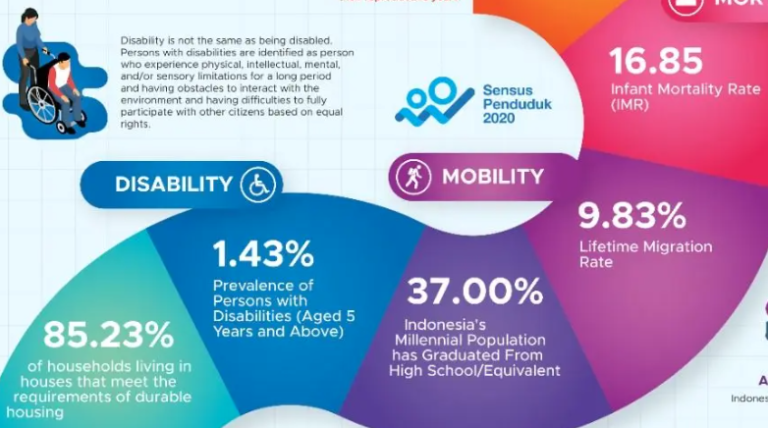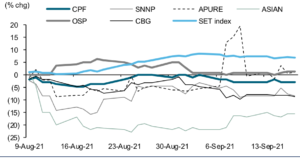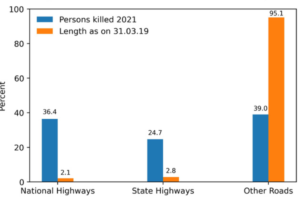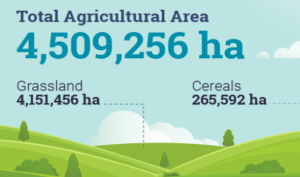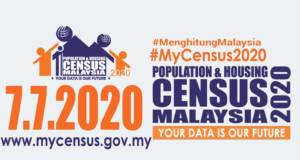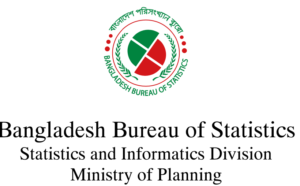The 2020 Indonesia census collected data through face-to-face interviews on the subjects of housing, household demographics, employment, education, fertility, and household deaths. The census was de jure for permanent residents and de facto for non-permanent residents. Enumeration occurred during September 2020, totaling 270,203,917 for the country.
The results of the Indonesian Population Census 2020 reveal significant demographic trends and changes across the country:
Total Population: The census indicates that Indonesia’s population has reached 270,203,917, showcasing steady population growth since the last census.
Population Distribution: The data highlights the distribution of the population across provinces, districts, and cities, providing insights into regional demographic patterns and population densities.
Urbanization Trends: The census identifies ongoing urbanization trends, with a growing proportion of the population residing in urban areas compared to rural areas. This trend reflects shifting economic opportunities and migration patterns.
Age Structure: Analysis of age structure reveals shifts in population demographics, including changes in the proportion of youth, working-age adults, and elderly individuals. These insights inform policymaking and social services planning.
Ethnic and Cultural Diversity: The census captures Indonesia’s rich ethnic and cultural diversity, showcasing the presence of various ethnic groups and indigenous communities across the archipelago.
Household Characteristics: Data on household size, composition, and living conditions provide valuable insights into family dynamics, housing needs, and socio-economic disparities.
Education and Literacy Rates: The census assesses education levels and literacy rates among different population groups, highlighting progress in education attainment and identifying areas for improvement.
Healthcare Access: Analysis of healthcare access and utilization reveals disparities in healthcare services availability and utilization rates across regions and population groups.
Economic Indicators: The census provides data on employment status, occupation types, income levels, and poverty rates, offering insights into economic participation and livelihoods across the population.
Migration Patterns: Data on internal and international migration patterns shed light on population movements, migration trends, and migration drivers, informing policies related to migration management and urban development.
Overall, the Indonesian Population Census 2020 offers comprehensive insights into the country’s demographic landscape, serving as a valuable resource for policymakers, researchers, and stakeholders to address socio-economic challenges and plan for sustainable development.

